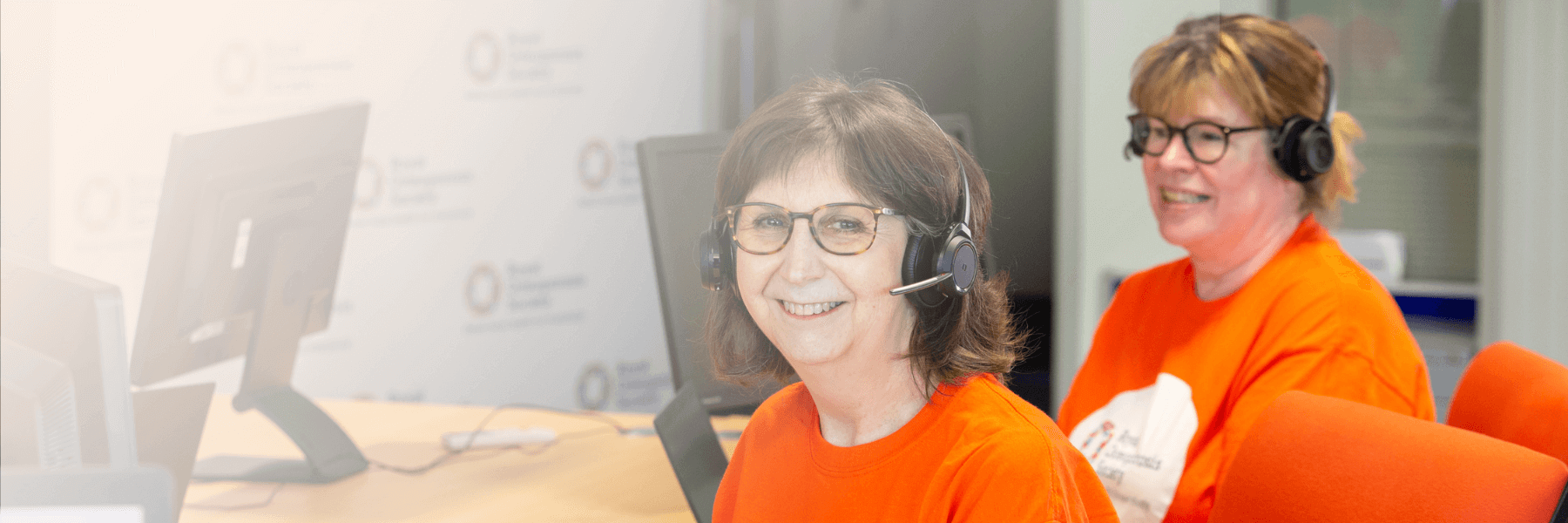
Avoiding slips, trips and falls
Making practical adjustments to your everyday activities and surroundings can help you feel more confident and steady on your feet.
Staying steady
A combination of good balance, coordination and reflexes can really help to reduce your risk of a slip, trip or fall. The good news is there are things you can start doing today, to help yourself stay steady on your feet.
The activities you do
- Staying active is the best way to stay fit, healthy and independent for longer.
- Strength and balance exercises can help you feel more steady.
- Give yourself time. When you start to rush, you'll take less care, increasing your chances of tripping.
- Get up slowly out of chairs and bed, in case you feel dizzy.
- Try not to over-reach for things – keep objects you regularly need close to you.
- Don’t stand on chairs to change lightbulbs or clean windows – ask for help instead.
What you eat and drink
- Aim to follow a well-balanced diet with protein, starchy foods, vitamins and minerals for energy and stronger muscles.
- Remember alcohol can make you unsteady and slow down your reactions.
- Low vitamin D levels may be a risk factor for falling. If you’re over 65 and are not sure if you’re getting enough vitamin D, consider taking a vitamin D supplement.
The things you wear
- Choose shoes and slippers with a patterned tread rather than smooth soles. Avoid loose, backless and high-heeled footwear, which can increase your risk of falling.
- Avoid clothes that are long and trailing.
- Keep your glasses clean and hearing aids well maintained.
- If you're at high risk of falling, you may feel more confident wearing special hip protector pants. These work by cushioning the impact of a fall if you stumble.
Speak to your doctor
- If you have a medical condition that makes you feel unsteady or dizzy, your doctor may be able to prescribe a medication for the condition, to make you safer.
- Some medications can cause unsteadiness. If you’re taking a number of tablets, ask your doctor or pharmacist to review them.
- If you've stumbled and fallen a number of times, ask your doctor or nurse if you can access a specialist falls service.
Adapting your surroundings
These simple measures can reduce your risk of slips, trips and falls at home.
- If you have a rug on a polished floor, use a non-slip mat underneath.
- Move any rugs or mats that you might trip over.
- Ensure stair carpets are not loose or frayed.
- Keep walkways clutter free with no trailing wires.
- Mop up spills immediately using a long-handled mop.
- Make sure you’re warm enough at home. If your muscles get cold, they won’t work efficiently.
- Fit handrails on the stairs and in the bathroom.
- Fit a cage over your letterbox so you don’t have to bend down to pick up the post.
- Buy long-life lightbulbs that won’t need changing so often.
- Make sure the landing and stairs are well-lit and turn on the lights at night if you’re walking around.
Watch our discussion:
We looked at ways of reducing the risk of falls to maintain bone health, independence and quality of life. We were joined by Professor Tahir Masud, Professor Dawn Skelton and Julie Whitney. This film is part of our #BoneMatters series of events
 Search
Search
 Login
Login

